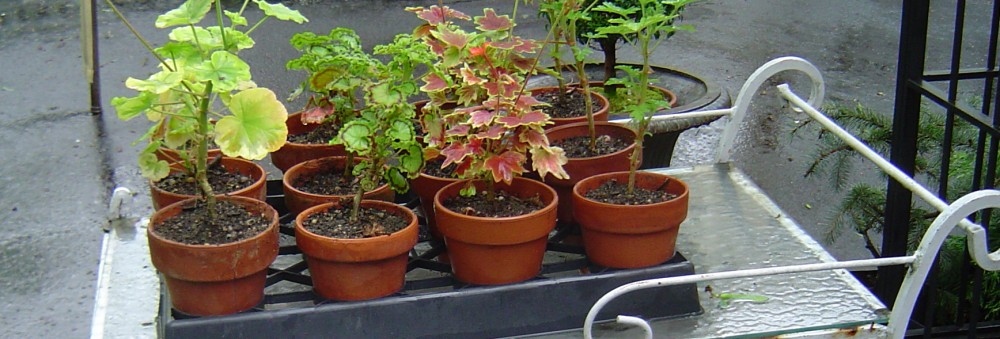Heading into February and winter feels soooo long! I’m itching to get going in the garden but that’s not going to happen for another two months. So, besides dreaming and planning, what’s a gardener to do? This is what I call my time to enrich my horticultural knowledge so I can garden smarter.
The Winter Lecture Series at the New York Botanical Gardens is one I look forward to eagerly. I’ve had the pleasure of listening to some truly impressive horticultural giants and I’ve learned so much from each. Coming up next in this year’s series is Arne Maynard – I’ve followed his work for years and can’t wait to hear him in person. Tickets can go fast so book early!
Bonus – In attending these lectures, you often get to see several garden world glitterati also in attendance. See, they too value such talks.
Next, I use the winter to catch up on the pile of garden magazines for which I had no time during the growing season. Apart from our own excellent American publications, I subscribe to a few from other countries. It’s nice to keep up with research, new practices and trends all over the world.
Bonus- The gorgeous photographs will keep you excited and make you up your ante in your own garden. Nothing like a firm yet subtle nudge to reach higher.
Extra bonus for reading magazines very late – When magazines arrive, they typically offer articles pertaining to the moment/month/season at hand. While they might be inspiring, it’s too late to act on the information for the present. Frankly, despite any notes I might make, I cannot expect myself to remember to refer to them or summon the same level of enthusiasm when the next appropriate time to act comes around. Unlike fashion magazines, new developments, trends and information in gardening are not short-lived. By reading the publications in winter, I have the luxury of time to immediately research the resources, plan, design, set up appointments with professionals such as masons and tree experts and order plants, tools and such. When spring rolls up, I’m all ready to go.
Visiting public gardens and conservatories both locally and in my winter travels/escapes is still an additional way to see and learn. Taking the time to observe means I really get to understand how and why specific designs and plants work.
Bonus – Lingering in the warm, humid conservatories that are often fragrant to boot, is wonderfully therapeutic. Almost, as though I went to a spa. My mind and skin emerge nourished.
Finally, this year, I’ve decided to do something about the occupational hazards of gardening. I’m talking about those aches and pains that arise from the physical demands of the innumerable tasks in the garden. And over the years, chronic pain is a real hindrance for many gardeners. So, this past weekend, I’ve registered with my local Continuing Education center for a course in the Alexander technique which is all about un-learning the way we typically move to do routine tasks and instead re-learn how to do them so we do not keep hurting ourselves. Moving smarter.
Bonus – I’m looking forward to meeting people in this class with whom I can share stories about my aches and pains.
Now, how are you whiling away your winter?
(c) 2018 Shobha Vanchiswar
[do_widget “Blog Subscriptions (Jetpack)”]


























